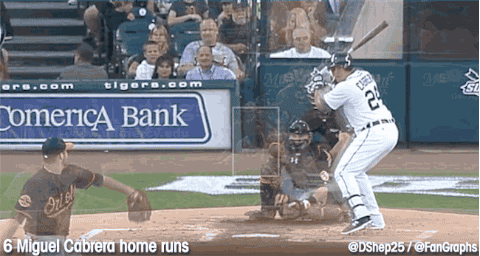I love it.
He is so good because he has a huge area of coverage that he can do the ultimate damage on.
Some hitters can only do damage when all of the planets align and they get the "perfect" pitch with the "perfect" timing and are in the "perfect" count that they "worked" and they actually make good contact... Those are not good hitters.
Last edited:






